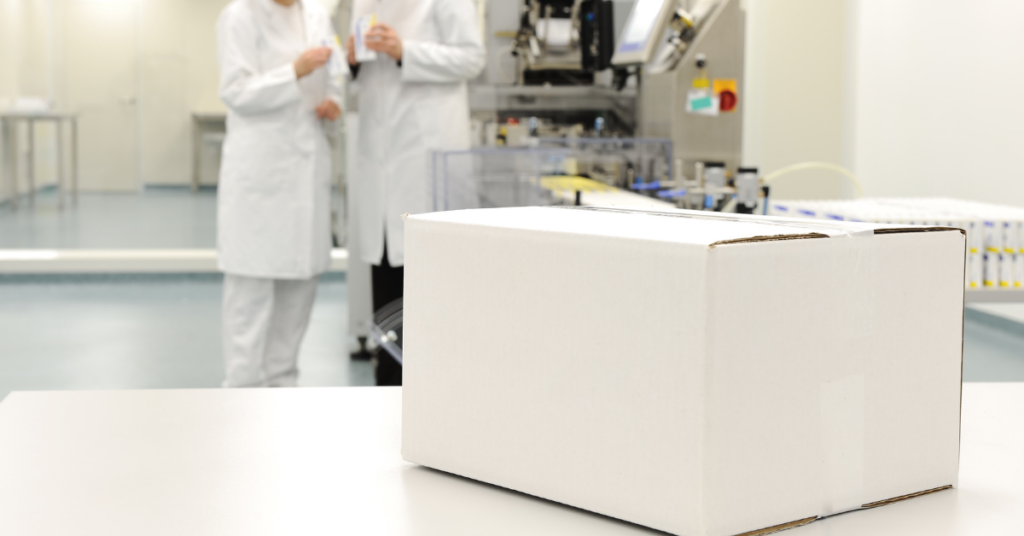As a pharmaceutical or medical device manufacturer, serialisation has probably been a key focus for your business for some time now. What about aggregation in serialisation, though? What are the legal requirements? What are the business benefits of aggregation, and will it deliver a return on investment?
What is Aggregation?
Aggregation can be a part of the serialisation solution on your production lines. Serialisation involves adding a unique identifier to each product at individual pack level, i.e. at the level patients or customers receive the product.
However, those individual pack-level products do not get from the production line to the patient/customer through the distribution chain as an individual pack-level product. Instead, multiple individual pack level products are packed in cases and then multiple cases are packed on pallets.
An aggregation solution adds codes to the outside of cases and pallets to identify the individual pack-level products inside. In other words, aggregation builds parent-child relationships from pallet to case to individual pack-level products.
This makes it possible to find out what is inside a case or pallet by scanning the code on the outside, i.e. you don’t need to open the case to get the serial number of each individual pack-level product.
Is Aggregation a Requirement Under the EU’s Falsified Medicines Directive?
Aggregation is not required under the EU’s Falsified Medicines Directive (FMD).
Instead, FMD focuses on the unique identifiers of products at individual pack-level:
- All products must have a unique identifier
- All unique identifiers must be uploaded to the European Medicines Verification System
- Products must be verified using their unique identifiers at various points in the distribution chain
Technically and legally, you can achieve this without aggregation.
If It’s Not a Legal Requirement, Why Implement Aggregation?
Even though aggregation is not required under FMD, many manufacturers are choosing to implement serialisation solutions that include it. This is primarily because aggregation helps make the distribution chain as well as stock level management more efficient.
This particularly applies if you use third-party logistics providers, but aggregation can offer benefits even if you don’t.
For example, without an aggregation solution, it would be difficult to find out the quantity of stock from a batch that is at different points in the distribution chain, i.e. the quantity of products from the batch at the packaging location, the quantity still at the third-party logistics provider’s warehouse, and the quantity that has already entered the supply chain.
Without aggregation, the only way to identify individual products in cases and/or pallets in each of these three locations would be to open the cases/pallets. An aggregation solution, however, will give you this information with a quick and simple scan of the barcode on a case or pallet.
Should You Implement Aggregation in Your Business
Aggregation will benefit your business, but it is also of significant benefit to others in your distribution chain, including third-party logistics providers and distributors. In fact, while you will benefit, aggregation is arguably more beneficial to those others in your distribution chain.
You then need to consider the fact that aggregation adds complexity to your serialisation solution, which increases the cost.
This requires a cost-benefit analysis specific to the needs of your business. Even if you choose not to implement aggregation, however, the one thing you should not do is ignore it.





